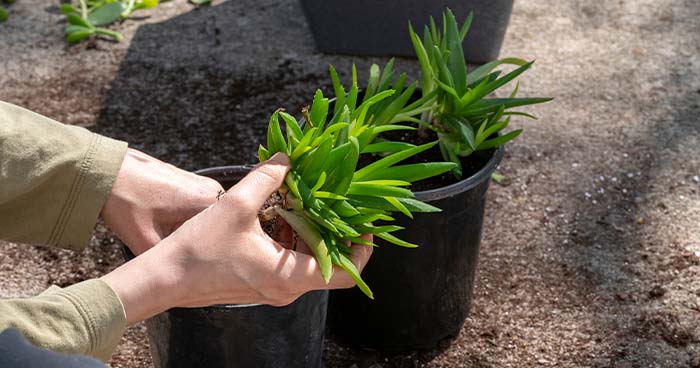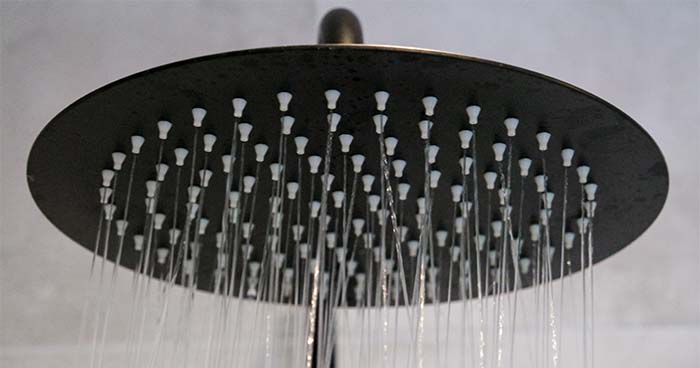5 Ways to Reduce Indoor Humidity
07/27/22

If you’re used to hearing “it not the heat, it’s the humidity,” you understand the woes of a hot, muggy summer in Ohio. Humidity makes the heat feel much worse, and if your home is muggy too, you’re in for a lot of misery.
Fortunately, there are some ways you can reduce indoor humidity to stay comfortable and give your air conditioner a break. You’ll not only make your home more comfortable, but you’ll save on your energy bills.
What Is the Ideal Humidity Level for a Home?
No matter how hot or humid it is outside, the ideal range for indoor humidity is 30% to 50%. Too much moisture makes the heat feel worse, causes you to sweat more, and is generally uncomfortable.

In addition, too much humidity can take a toll on your health. Living in high humidity can lead to respiratory issues, allergy flare-ups, and poor sleep. Too much humidity also contributes to mold growth and condensation in your walls, which can damage your home over time.
Keep in mind that having too little moisture in the air also has its downsides. Perpetually dry air can trigger allergies and asthma, dry your skin out, and may damage your home’s wood. This is more of a problem in the winter, however.
1. Take Your Plants Outside or Cover the Soil
Potted plants need water to survive. When you water indoor plants, however, some of that moisture evaporates into the air and increases your home’s humidity level. If you have a lot of indoor plants, that only exacerbates the problem.

It’s best to take your plants outside for the summer. If that’s not an option, cover the soil to prevent evaporation, which also helps them stay hydrated for longer periods.
2. Run the Bathroom Fan During Showers
Your air conditioner and dehumidifier work hard to reduce the humidity in your home, but turning on the shower and steaming up the bathroom can undo all that hard work. When you take a shower, open the bathroom window to let some of the moist air out.

If your bathroom has an exhaust fan, make sure it’s running while the shower is – and for some time after – to circulate the air. If you don’t have an exhaust fan, consider getting one for your bathroom.
3. Dry Laundry Outside
Washing and drying clothes are an overlooked source of humidity in your home, especially if your dryer doesn’t vent outside or you use hot water. On a hot and humid day, try hanging your damp clothes outside to let the moisture evaporate into the atmosphere, rather than your home.

If your clothes are still a little damp, run them through the dryer on low or no heat until they’re dry. This won’t create as much heat and humidity as running your dryer on high for a quick dry.
4. Open a Window and Allow for Proper Ventilation
If the air in your home is muggy and oppressive, try opening a window. While the air outside is also hot and muggy, this allows your home to ventilate properly. You should also turn on any exhaust fans or ceiling fans to help the air circulate better.
5. Schedule an AC Tune-Up to Make Sure Everything Is Functioning Well
Air conditioners take a lot of abuse during the hot, humid summer months. They have to work hard to remove moisture from your home and “condition” the air to keep it cool. Over time, this can take a toll on the system and lead to wear and tear – not to mention the high electric bills.

The best way you can maintain your system is with routine maintenance from a qualified HVAC technician. They can check that your refrigerant level is correct, the filters are clean and clear, the air ducts are in good condition and not blocked, and that the drainpipes and drip pans are harboring water. When your air conditioner functions efficiently, you enjoy a cool, comfortable home and lower energy usage and bills.
Make sure your air conditioning system is in optimal condition to keep your home cool and comfortable during these oppressive Ohio summers. Contact HELP today to schedule your air conditioning tune up!
Posted in: Air Conditioning




